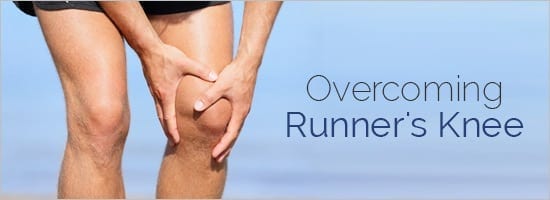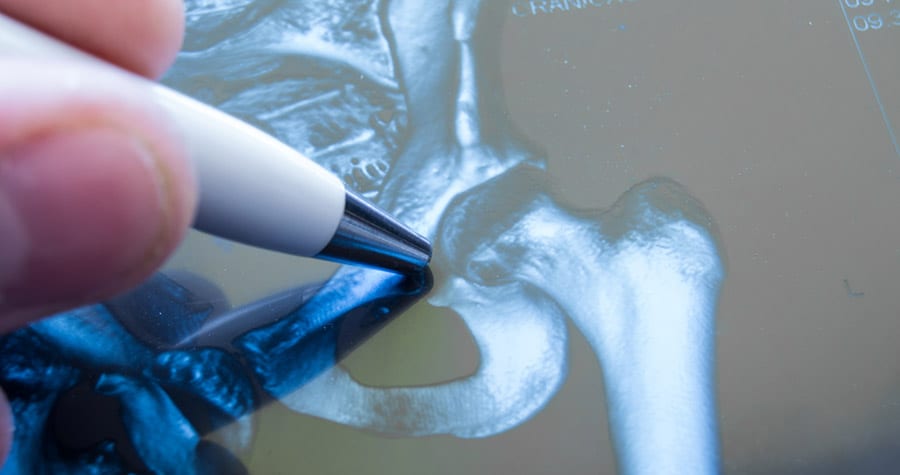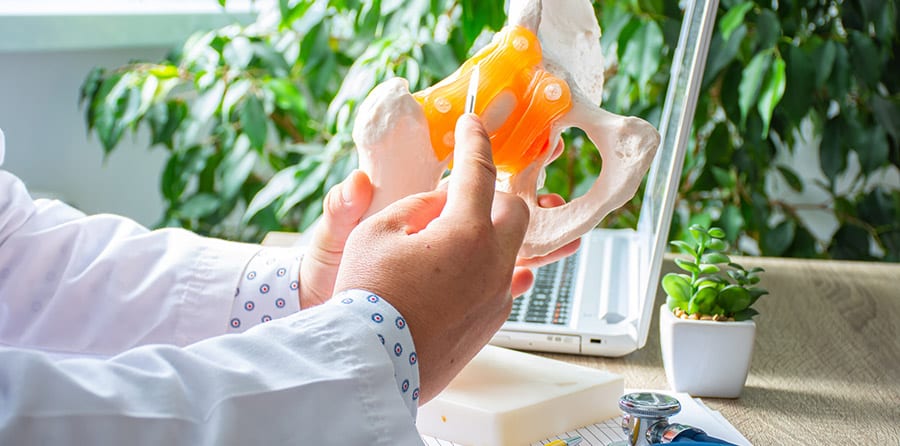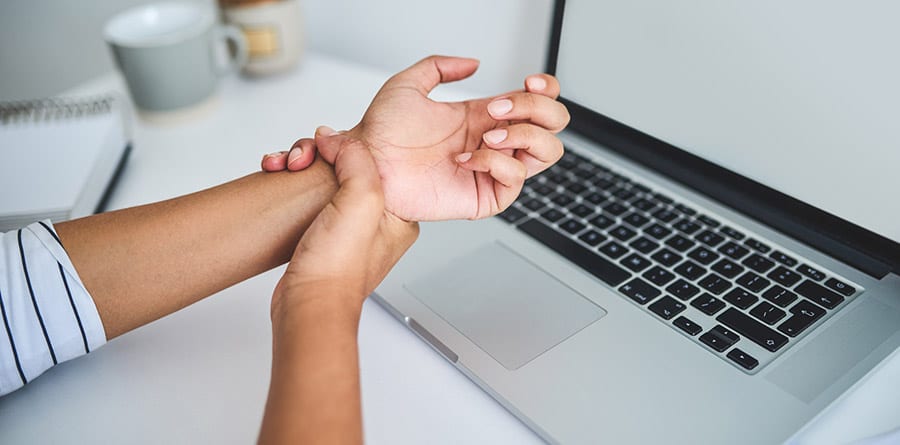
Overcoming Runner’s Knee
Runner’s knee is obviously common with runners, but it is also seen in any athletes that bend their knees a lot, such as those that do a lot of biking or jumping. Runner’s knee, also called patellofemoral pain syndrome, is actually a general term for many different disorders.
It is typically caused by problems such as overuse (like irritated joints or overstretched tendons), misalignment, problems in the feet that stress the tissues and joints in the knee, and abnormal wear of the kneecap caused by weak thigh muscles.
Symptoms
Symptoms of runner’s knee usually include an aching pain around or behind the kneecap. The pain can worsen when bending the knee, so you might notice it more when kneeling, squatting, walking, or going down stairs. Other symptoms include swelling and grinding or popping sensations.
Runner’s knee can be diagnosed with a physical exam and imaging tests like x-rays, MRIs, and CT scans.
Treatment
Fortunately, minor to moderate cases of runner’s knee can resolve on their own. To help things along, you can try the following:
- Rest your knee as often as possible
- Elevate your knee while sitting
- Use ice therapy to reduce swelling
- Take non-steroidal anti-inflammatory drugs for pain and swelling
- Wear a compression sleeve or bandage around your knee for extra support
- Wear arch supports or orthotics to help with foot positions that contribute to knee pain
- Ask your doctor about stretches you can try to restore strength
In severe cases, surgery can be performed to correct the kneecap position or deal with cartilage issues that contribute to pain.
Recovery
The length of recovery depends on each person’s exact condition and treatment. It’s best to ease back into physical activity. You should wait to resume regular physical activity until you can bend your knee without pain, and your knee feels strong again. In the meantime, you can stay active with other things that don’t bother your knee, such as swimming.







